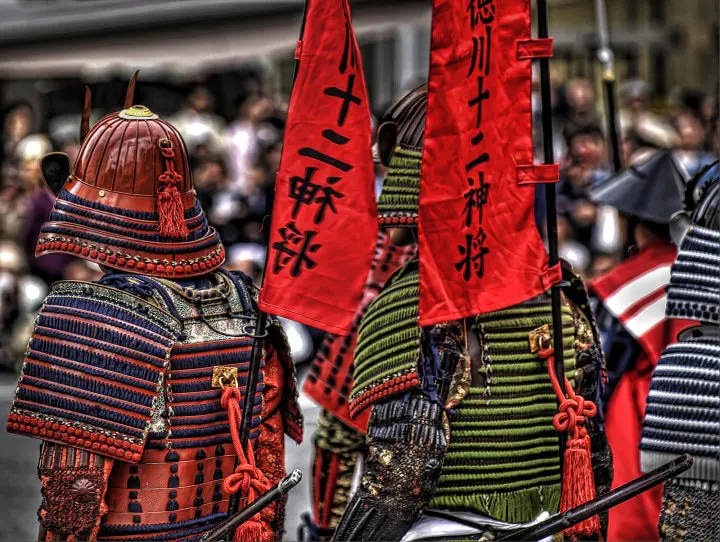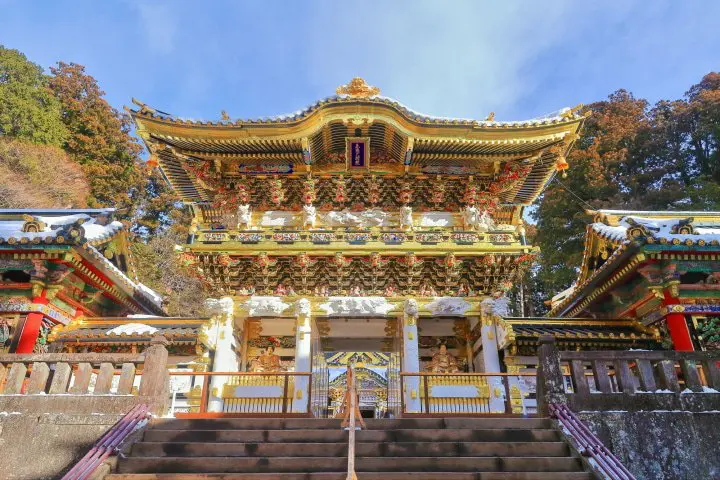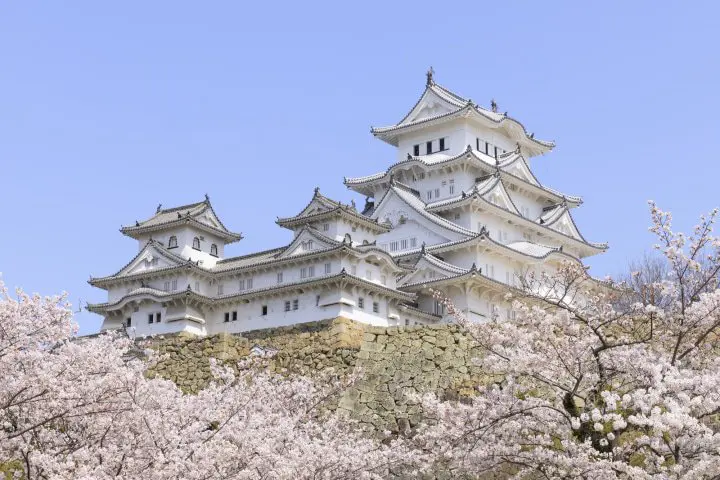Japan's Warring States Period - Sengoku Jidai

The Warring States period (Sengoku jidai) in Japanese history is particularly well-known. It was an era of war and chaos. On the other hand, arts such as the Japanese tea ceremony were also born during this period.
Japanese history is divided into several eras. As in the case of the Muromachi period, when the country was ruled by a military government placed in the Muromachi district of Kyoto, or the Edo period, when the government was located in Edo (present-day Tokyo), Japanese historical eras are typically connected with names of places, but this isn't always the case.
The Sengoku period is one such era. Sengoku means "fighting throughout the country", a name which comes from the "Age of the Warring States" in Chinese history. As the name suggests, the Sengoku period was an age of wars over territorial disputes throughout the country. It is hard to imagine such a state from the current peaceful atmosphere of Japan.
During the Sengoku Period
There are several theories about when this era official began, but in most theories, the Sengoku period took place from about the end of the Muromachi period (1338-1573) to the beginning of the Edo period (1603-1868).
At the time, land was divided into kuni (provinces). The shogunate designated shugo daimyō (feudal lords), who would rule over each province. Beneath them served the shugodai (a sort of deputy to the shugo daimyō), kokujin, or kunibito among others.
In the 15th century, when the influence of the shogunate began to wane, the shugo daimyō, shugodai, and kokujin began to fight between themselves to expand their own territories and gain control over other areas. The Sengoku period was an era of intense civil wars.
The Heroes of the Sengoku Period

photo by Pixta
The Sengoku period had the most complex shifts in political landscape throughout Japanese history. Those who deposed those in power and came to rule several provinces and other territory are known as "Sengoku daimyō" or "Sengoku bushō" (warrior)
Sightseeing Spots Related to the Sengoku Period

photo by Pixta
Culture is something that continues to grow even throughout war. Japan's tea ceremony is said to have been brought to accomplishment during this period. With several artifacts related to tea ceremony, Chadō Shiryō-kan (Chadō Research Center)(Japanese) and the Raku Museum (Japanese) can both be found in Kyoto, which remains a popular spot for visitors from both abroad and Japan.
Nanban Culture (Western culture) also spread during the Sengoku period. This was coincided with the time when Christianity arrived in Japan. In Dejima, in Nagasaki prefecture, you can still get a glimpse of Japan's Nanban Culture.
Shrines worshiping the sengoku bushō are also popular. Oda Nobunaga is worshiped at Kenkun Shrine in Kyoto, Toyotomi Hideyoshi at Hokoku Shrine in Osaka, while Tokugawa Ieyasu is enshrined in the Nikko Tōshōgū Shrine, in Tochigi prefecture.

photo by Pixta
Finally, we have the castles, the strongholds that these lords lived and died in. There is Gifu Castle which was constructed by Oda Nobunaga, Osaka Castle built by Toyotomi Hideyoshi, and Himeji Castle, which draws visitors from all around the world, plus many others found across the country. If you would like to learn more about this era of Japanese history, head to your nearest Japanese castle - you won't be disappointed by what you learn there!
Main image by Pixta
This is the official account of MATCHA's editorial department. Our articles feature useful travel information for visitors to Japan, from how-to guides to recommended places to visit.





































![[Corporate Visit List] Near Kansai Airport! Discover Japan’s Technology and Business Philosophy through Industrial Tourism](https://resources.matcha-jp.com/resize/720x2000/2024/12/13-215168.webp)
![["Secret Beauty: The Complete Works of Komura Setsutei" ~ March 1, 2026] "Abeno Harukas Art Museum"](https://resources.matcha-jp.com/resize/720x2000/2026/01/09-255274.webp)